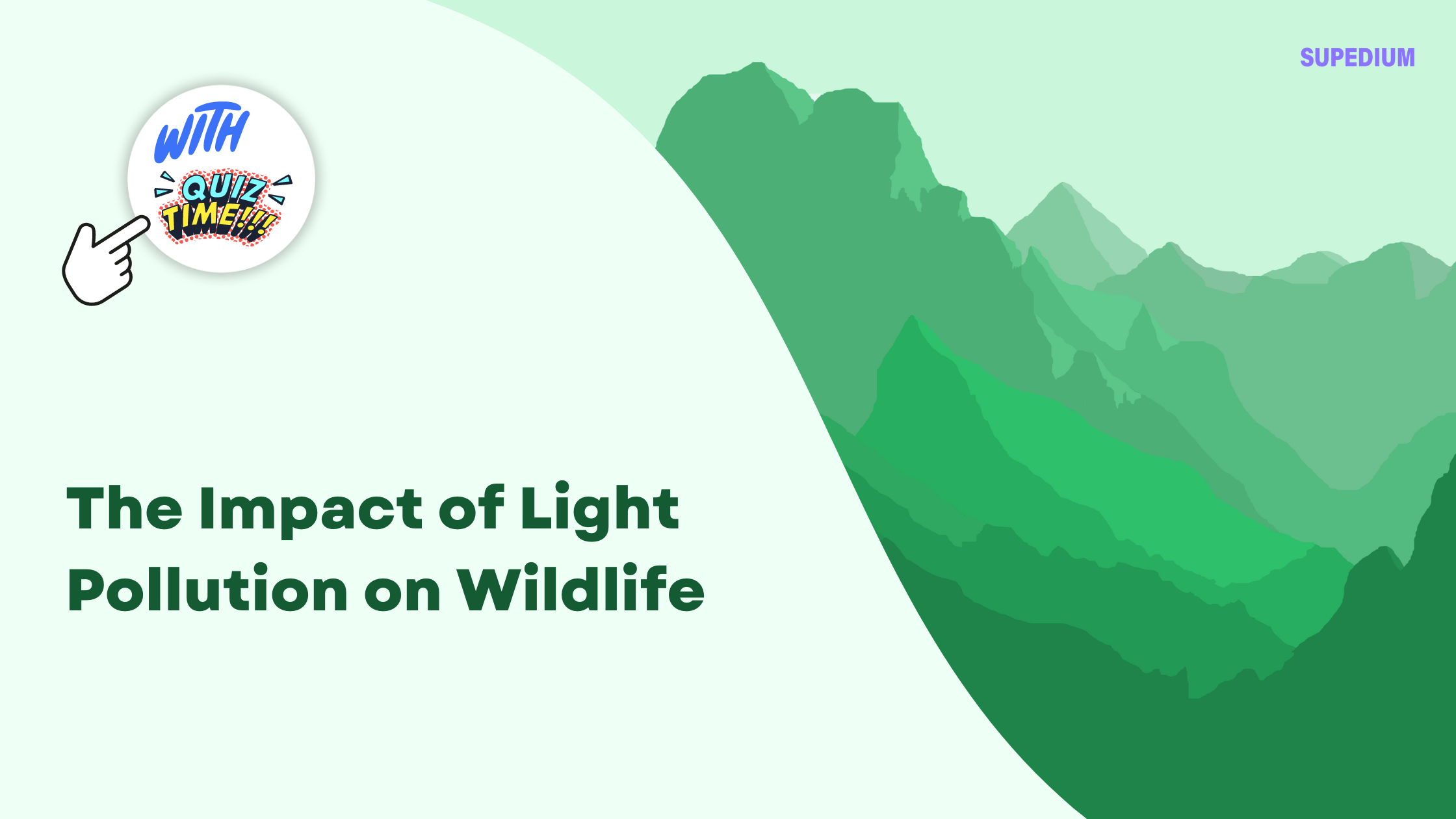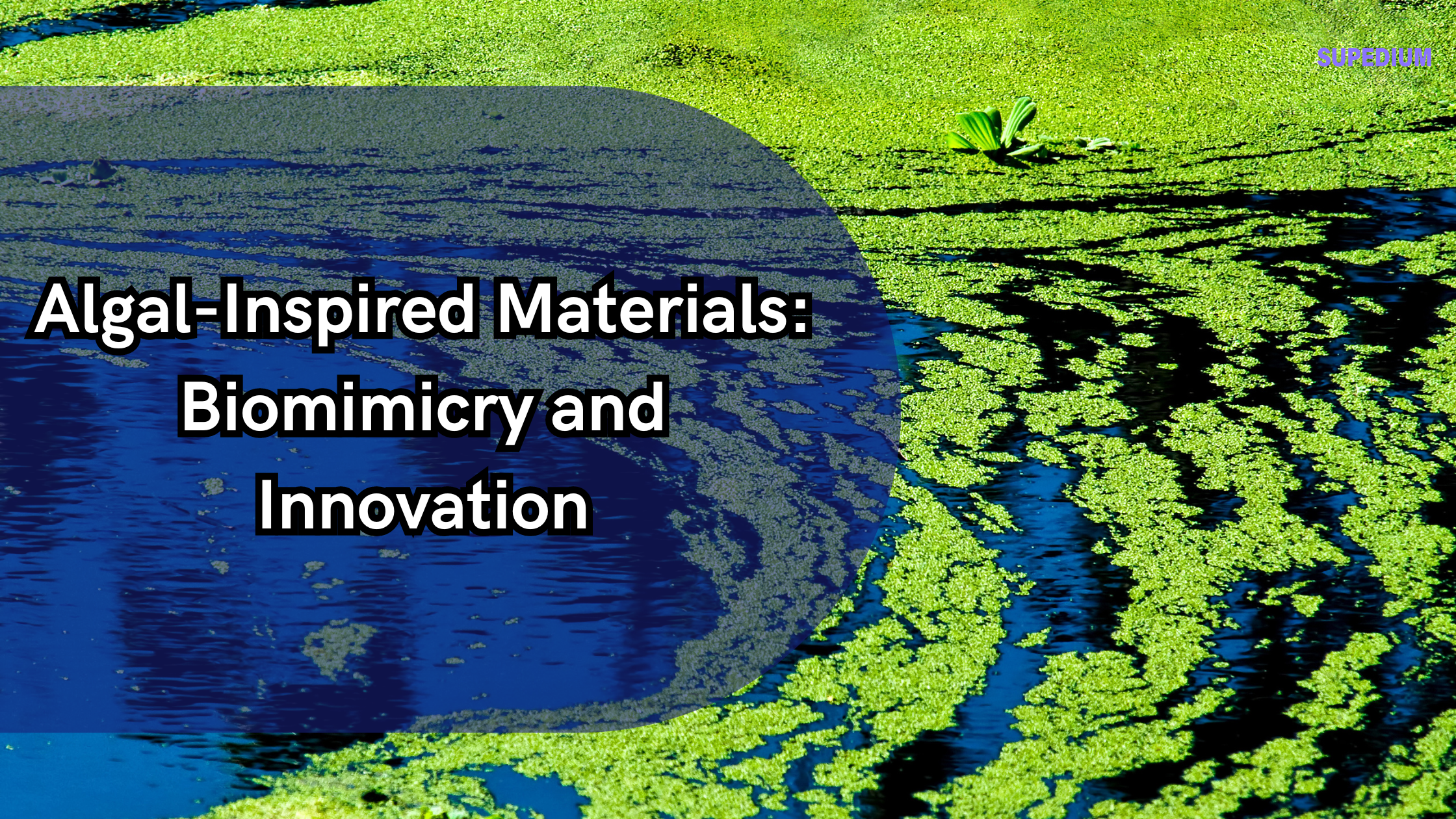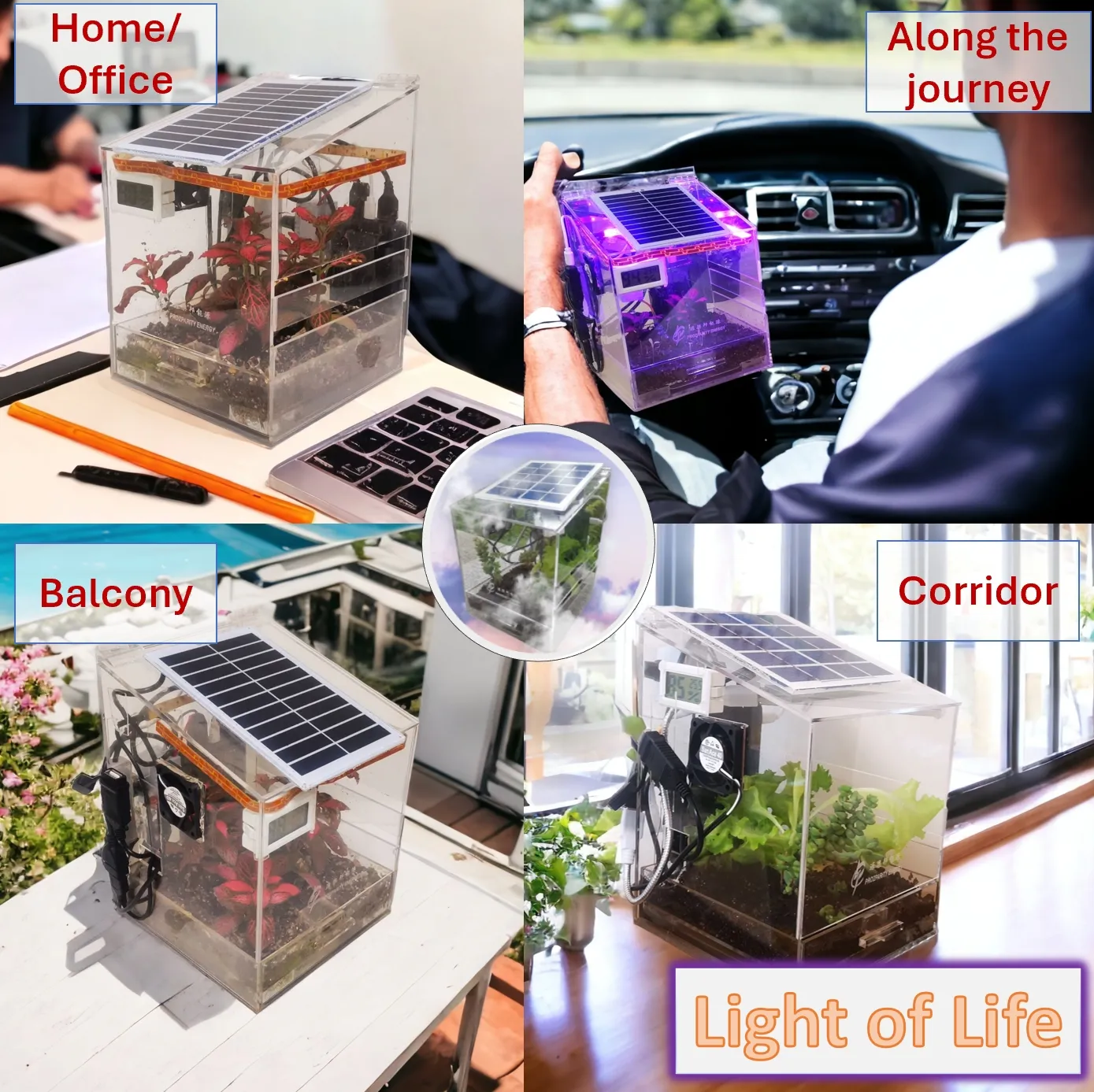Table of Contents
![]()
Introduction
Light pollution, the excessive or misdirected artificial light that alters the natural nighttime environment, has become a significant concern in our increasingly urbanized world. It encompasses various types of light interference, including skyglow, glare, light trespass, and clutter. As cities expand and lighting technologies advance, understanding the consequences of light pollution on wildlife becomes critical. This article examines the impact of light pollution on different wildlife categories, the broader ecological consequences, and strategies for mitigation.
Ecological Role of Natural Darkness
Natural darkness is essential for maintaining ecological balance and the health of various wildlife species. Many animals have evolved to rely on natural light cycles for essential activities such as foraging, breeding, and migrating. These cycles, governed by the alternation of day and night, influence circadian rhythms, which are crucial for regulating behaviors and physiological processes.
For nocturnal species, such as bats and owls, darkness provides cover for hunting and avoiding predators. Diurnal species, active during the day, rely on darkness to signal the end of their active period. Disruption to these natural light patterns due to artificial illumination can lead to stress, altered behaviors, and potential declines in survival rates.
Impacts on Specific Wildlife Categories
Birds
Birds are highly susceptible to the effects of light pollution. Migratory birds, which rely on natural celestial cues for navigation, often become disoriented by bright lights. This disorientation can lead to collisions with buildings, exhaustion, and increased mortality. Artificial lights can also disrupt the timing of migration, leading to misalignment with food availability and weather conditions.
In addition to migration issues, artificial lighting affects breeding and nesting behaviors. Some bird species may alter their nesting sites or times of activity due to increased light exposure, which can increase predation risks and impact reproductive success. For instance, urban lights can attract insects, altering the availability of food for insectivorous birds and potentially leading to changes in feeding patterns.
Insects
Insects are significantly affected by light pollution, particularly nocturnal species such as moths and beetles. These insects are often attracted to artificial lights, which can lead to high mortality rates. For example, many moth species are drawn to street lamps and porch lights, where they may die from exhaustion or predation.
The disruption of insect behavior due to light pollution can have cascading effects on ecosystems. Insects play crucial roles as pollinators and prey for other animals. Their decline can affect plant reproduction and alter food webs, leading to broader ecological consequences.
Marine Life
Light pollution also impacts marine life, particularly sea turtles. Hatchling sea turtles use natural light cues, such as the reflection of moonlight on the ocean, to find their way from nesting beaches to the sea. Artificial lights on the shore can disorient hatchlings, leading them away from the ocean and increasing their vulnerability to predation and dehydration.
Furthermore, light pollution can disrupt marine navigation and feeding behaviors. Fish and other marine species that rely on natural light patterns for spawning and feeding may experience altered behaviors, which can affect their populations and the health of marine ecosystems.
Mammals
Mammals, particularly nocturnal species, are also affected by light pollution. Artificial light can alter hunting and feeding habits, leading to changes in territory use and increased exposure to predators. For example, urban lighting can impact the foraging patterns of raccoons and other nocturnal mammals, leading to increased competition and changes in community dynamics.
Light pollution can also interfere with the communication and social behaviors of mammals. Many species rely on darkness for vocalizations and other forms of communication. Artificial lighting can disrupt these interactions, affecting social structures and breeding success.
Ecological Consequences
Disruption of Food Chains
The disruption of natural light patterns due to light pollution can have significant impacts on food chains and ecological dynamics. Changes in the behavior and populations of predator and prey species can alter food webs, leading to imbalances in ecosystems. For example, the decline of insect populations due to light attraction can affect the availability of food for insectivorous birds and other predators.
Altered Ecosystem Dynamics
Light pollution can also alter ecosystem dynamics by affecting plant-pollinator relationships. Many plants rely on nocturnal insects for pollination, and disruptions to these insect populations can impact plant reproduction. Additionally, changes in species distributions and community structures can lead to shifts in ecosystem functions and services.
Case Studies
Urban Areas
In urban environments, light pollution is particularly pronounced, affecting a range of species adapted to city life. For example, studies have shown that certain bird species have adjusted their behavior and breeding patterns in response to urban lighting. Some cities have implemented measures such as dimming streetlights and using shielded fixtures to mitigate the impact of light pollution on local wildlife.
Rural and Natural Areas
Even in rural and natural areas, light pollution can have significant effects. For example, research in protected areas has shown that artificial lighting can disrupt nocturnal wildlife and alter natural behaviors. Conservation efforts in these areas often focus on reducing light pollution through the creation of dark zones and the use of low-impact lighting technologies.
Research Findings
Recent studies have provided valuable insights into the effects of light pollution on wildlife. Longitudinal observations and data trends have highlighted the widespread impacts of artificial lighting on various species and ecosystems. Ongoing research continues to explore the mechanisms through which light pollution affects wildlife and the potential for innovative solutions.
Mitigation Strategies
Policy and Regulation
Addressing light pollution requires comprehensive policies and regulations. Governments and local authorities can implement guidelines for outdoor lighting, including restrictions on the intensity and direction of light. Policies that promote the use of shielded fixtures and energy-efficient lighting can help reduce the impact of artificial light on wildlife.
Technological Solutions
Technological innovations offer promising solutions for mitigating light pollution. Shielded lighting fixtures, which direct light downward rather than outward, can minimize light trespass and glare. Additionally, the use of dimming systems and timers can help reduce the intensity and duration of artificial lighting, minimizing its impact on wildlife.
Community Engagement and Awareness
Raising public awareness about light pollution is crucial for driving change. Community education programs can inform residents about the effects of light pollution and encourage the adoption of responsible lighting practices. Local groups and organizations can also play a role in monitoring light pollution and advocating for improvements.
Restoration and Conservation Efforts
Restoring natural darkness and protecting dark zones are essential for mitigating the impact of light pollution. Conservation efforts can focus on creating and maintaining areas with minimal artificial lighting, allowing wildlife to thrive in their natural habitats. Rehabilitation projects can also address the effects of light pollution on affected habitats and species.
Conclusion
Light pollution presents a growing challenge for wildlife and ecosystems, disrupting natural behaviors and ecological processes. Understanding the impact of artificial lighting on various species is crucial for developing effective mitigation strategies and ensuring the health of our planet’s ecosystems. By implementing policies, adopting technological solutions, raising awareness, and supporting conservation efforts, we can work towards minimizing the impact of light pollution and protecting the natural world.
Future Directions
Ongoing research and technological advancements hold promise for addressing the challenges posed by light pollution. Emerging trends in light pollution research continue to uncover new insights into its effects on wildlife and ecosystems. Innovations in lighting technology and conservation practices offer hope for mitigating the impact of artificial light and preserving the natural balance of our environment.






Be the first to comment